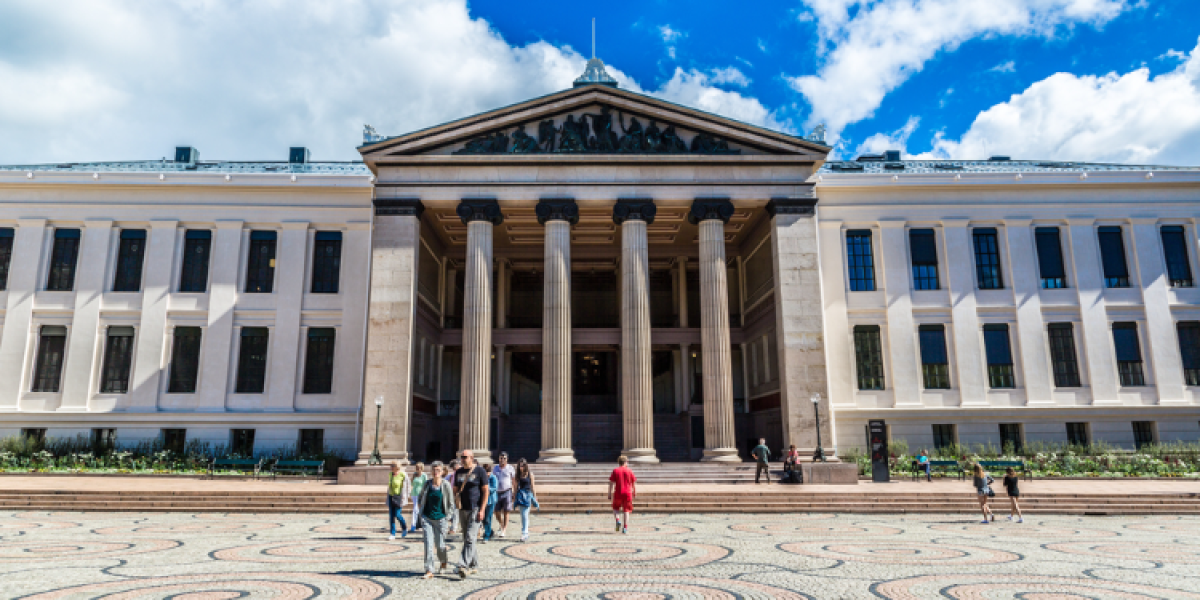
In March, the Norwegian parliament approved a policy to introduce tuition fees for international students from outside the European Union and European Economic Area. This will apply from Fall 2023. However, critics from within the higher education sector are protesting that it will damage the reputation of Norwegian universities and Norway's image as an egalitarian society.
Norway had been among the rare countries with tuition-free education for everyone
In most countries, public universities do charge tuition fees to international students. France, Germany and Argentina stand out as exceptions. Until recently, Norway could also be counted among them.
In France, public universities only charge a relatively small administrative fee to international students. Since 2019, to study at a prestigious university, a non-EU student only has to pay between €3000-4000 in administrative fees per year. Since 2014, it has been the same for undergraduate programs in all German public universities – international students only pay a small administrative fee and their daily expenses. Argentina, home to the prestigious University of Buenos Aires, charges international students only a nominal fee of around 1000 USD per year. In all these countries, a core requirement for admission is proficiency in the local language and the ability to follow the course in German, French, or Spanish alongside domestic students.
What about Norway? Until this year, all international students could study for a bachelor's, a master's, or a doctorate for free. They only had to pay an administrative fee of €30-60 – even lower than in France and Germany. They also needed to pass Level 3 of a Norwegian language test, which is equivalent to upper intermediate proficiency. However, in October 2022, the government tabled a plan in parliament to introduce tuition fees for international students from outside the EU/EEA. It was passed this March 24. They argue that the goal is to focus on increased opportunities for domestic students rather than direct state funding to support the education of international students.
Critics say that the policy has created confusion and will harm Norway's reputation
Even though the state has said that universities should start charging international fees, they didn't specify how much these fees should be. This was vague and confusing for both universities and international students. As reported by University World News, back in January, the Minister of Higher Education Ola Borten Moe insisted that his ministry would only step in if universities really weren't able to come up with their own fee structure.
Since October, universities have started releasing their new international fees. The University of Oslo has announced that its undergraduate programs will cost between 130,000-160,000 krones, that is, between 12,000-15,000 USD, per academic year. Master's degrees will cost 180,000-260,000 krones, or 17,000-25,000 USD, per year. Professional programs in medicine will cost between 380,000-500,000 krones, or 35,000-48,000 USD, per year. Some universities have taken more time to announce their non-EU/EEA student fees. The University of Stavanger, for instance, only published its fee structure in February 2023.
You might have noticed that the fees for non-EU/EEA doctoral students at the University of Oslo haven't been mentioned. That is because doctoral students, exchange students, refugees and some expats entitled to loans or grants will still be able to study tuition-free. Doctoral students are assumed to be contributing to the country through their advanced research, but critics of the new policy stress that undergraduate and non-research graduate students also do that. They believe that all international students contribute to the cultural diversity and future labor pool of Norway.
In The PIE News, Bjarte Hoem, the international office chief of the University of Stavanger, says that he is worried that Norway will lose its clout as a study destination when non-EU/EEA students flock to other destinations. Within the EU, Germany and France are likely to grow even more popular as competitors. Study.eu had conducted a survey among prospective non-EU students about why they would choose Norway. A stunning 74% mentioned “tuition-free options” as a central reason. Over a quarter of them said they wouldn't be able to afford tuition fees of merely 50,000 krones or 5,000 USD per year. Nearly 65% said they can't afford double that amount.
Nearly 9,000 of the 13,000 international students in Norway are from outside the European Union, especially from China, India and Nepal. These countries have less powerful currencies than the Norwegian krone, which makes it even more difficult for students to afford the new tuition fees. The government believes that universities will become less dependent on state subsidies and more financially independent by relying on the money made from international student fees. However, at the same time, this might tarnish Norway's reputation as a meritocratic, egalitarian country by signaling that only wealthy non-EU/EEA students are welcome to study there. Previously, Norwegian universities managed to compete with more prestigious British or American ones because they didn't try to extract profit from international student fees. This will no longer be the case.
Many have also criticized the poor timing of the new policy. The plan was passed when applications for the next academic year were already in full swing. What will happen to non-EU/EEA students who have already applied? They will either have to pay their fees before May 15 or withdraw their applications by that date. This must be frustrating for many because they didn't know in advance that they needed to make savings or take out an educational loan. They already spent time and energy going through the application process only to have to withdraw because of a sudden policy change. This confusing timing is also likely to impact Norway's reputation.



















